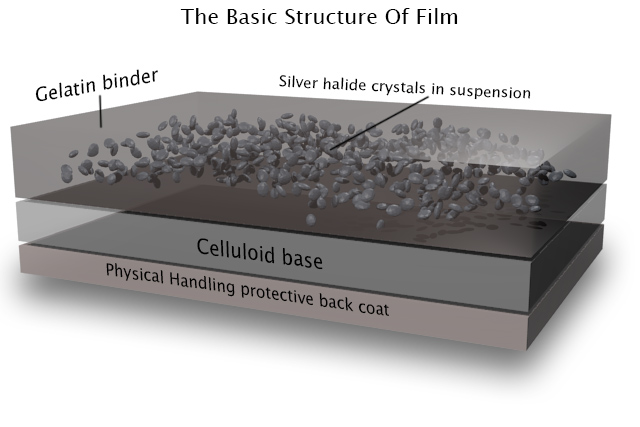Developer Solutions and Chemical Composition
Developer solutions play a crucial role in the intricate chemistry of film development. The chemical composition of developer solutions is specifically designed to interact with the light-sensitive emulsion on photographic film, initiating a series of complex reactions that ultimately bring forth the latent image captured by the camera.
These solutions typically contain a reducing agent, such as hydroquinone or phenidone, which facilitates the conversion of exposed silver halide crystals into metallic silver.
Understanding film processing chemistry is essential for mastering the art and science of developing photographs in a darkroom setting.
Developer solutions work by selectively reducing exposed silver halide crystals, while leaving unexposed ones intact. This selective reduction process is what produces a visible image on the film negative.
Additionally, developer solutions may also include other chemicals to control factors like contrast and graininess in the final image. The precise formulation of developer solution needed can vary depending on factors such as film type, desired results, and the personal preferences of the photographer or lab technician.
Fixer Solutions and Their Role in Film Development
Fixer solutions play a crucial role in the film development process, serving as the second step after the developer solution.
These solutions are responsible for removing unexposed silver halide crystals from the film emulsion, thereby preventing further darkening of the image and making it stable for long-term preservation.
Fixer solutions typically contain a fixing agent, most commonly sodium thiosulfate, which complexes with silver ions to form soluble complexes that can be washed away during the rinsing stage.
This chemical reaction ensures that only the exposed silver crystals remain on the film, resulting in a clear and permanent image. In addition to removing unexposed silver halide crystals, fixer solutions also neutralise any remaining developer solution on the film, halting any further film development.
Furthermore, fixer solutions help to harden the gelatin layer of the film emulsion, making it more resistant to damage during handling and processing.
The balance between fixing efficiency and preserving image quality is key in determining the optimal composition of fixer solutions used in film development techniques. Achieving proper fixation not only ensures high-quality images but also contributes to the longevity of photographic prints by stabilising them against environmental factors that could lead to degradation over time.
Stop Bath Solutions and pH Control
Stop bath solutions play a crucial role in the chemical process of film development. These solutions are used to halt the developer's action by neutralising its pH level, stopping any further development of the film.
Maintaining the correct pH balance is essential to ensure that the film is not overdeveloped or underdeveloped, leading to optimal image quality.
The stop bath solution typically consists of acetic acid or citric acid, which helps in rapidly lowering the pH level of the film emulsion after it has been exposed to developer solutions.
pH control in film processing is a vital aspect of achieving high-quality results. The acidity or alkalinity of a solution can greatly influence the speed and effectiveness of chemical reactions with film emulsion.
By carefully controlling the pH levels throughout the lab development process, photographers and technicians can ensure consistent and accurate results across different batches of film. This meticulous attention to detail highlights the importance of understanding film processing chemistry and how minor variations in pH levels can impact the final outcome of developed images.
Conclusion
The chemistry involved in film development is a fascinating aspect of photography. Developer solutions kickstart important reactions by revealing hidden images on the film, enhancing details captured by the camera. Fixer solutions play a crucial role in stabilising the developed image, ensuring it remains permanent by removing unexposed silver halides.
Finding the right balance between developer and fixer solutions is key to successful film processing, resulting in timeless photographic results. Stop bath solutions and careful pH control quietly regulate the film development process, maintaining optimal conditions. Precise pH control is essential for consistent, high-quality results.
Understanding the basics of film processing chemistry deepens our appreciation for this intricate process, transforming fleeting moments into lasting photographic art.






